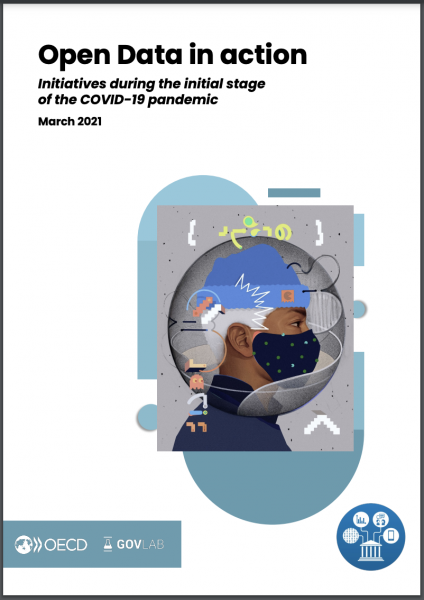TechRepublic: “The pandemic forced the enterprise to quickly pivot from familiar business practices and develop ways to successfully function while keeping employees safe. A new report from Zoom, The Impact of Video Communications During COVID-19, was released Thursday.
“Video communications were suddenly our lifeline to society, enabling us to continue work and school in a digital environment,” said Brendan Ittelson, chief technology officer of Zoom, on the company’s blog. “Any baby steps toward digital transformation suddenly had to become leaps and bounds, with people reimagining their entire day-to-day practically overnight.”
Zoom commissioned the Boston Consulting Group (BCG) to conduct a survey and economic analysis to evaluate the economic impact of remote work and video communications solutions during the pandemic. BCG also conducted a survey and economic analysis, with a focus on which industries pivoted business processes using video conferencing, resulting in business continuity and even growth during a time of significant economic turmoil.
Key findings
- In the U.S., the ability to work remotely saved 2.28 million jobs up to three times as many employees worked remotely, with a nearly three times increase in the use of video conferencing solutions.
- Of the businesses surveyed, the total time spent on video conferencing solutions increased by as much as five times the numbers pre-pandemic.
- BCG’s COVID-19 employee sentiment survey from 2020 showed that 70% of managers are more open to flexible remote working models than they were before the pandemic.
- Hybrid working models will be the norm soon. The businesses surveyed expect more than a third of employees to work remotely beyond the pandemic.
- The U.K. saved 550,000 jobs because of remote capabilities; Germany saved 372,00 jobs and France saved 250,000….(More)”.

